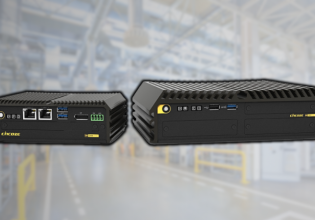TTRF1, the calculated temperature value at the downstream of Turbine stage 1.
Does it have any effect on Fuel Gas Control Valves (VGCs) opening? or is it solely done by FSR?
Plus, what is the link between FSR and DLN, as TTRF1 determines the DLN mode. how all these things collectively work actually?
Thanks in advance
Does it have any effect on Fuel Gas Control Valves (VGCs) opening? or is it solely done by FSR?
Plus, what is the link between FSR and DLN, as TTRF1 determines the DLN mode. how all these things collectively work actually?
Thanks in advance






